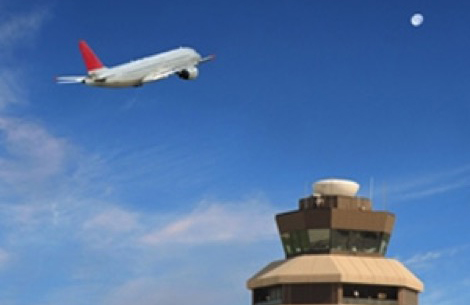If you're a good problem-solver who also loves aviation, this might be the perfect career for you. If you've ever traveled by plane, you know there are no traffic lights or police high in the air to direct planes in order to avoid mishaps. This is where you'd come in.
Air traffic controllers give pilots clearance for all takeoffs and landings and make sure all aircraft stays a safe distance apart by coordinating the movement of air traffic.
With safety being the primary concern, air traffic controllers must multi-task while making clear and concise decisions. For example, they might be directing one aircraft on its landing approach, while updating another pilot on the latest weather information.
Air traffic controllers work in control towers, approach control facilities or route centers throughout the country, which typically are not located at airports. Each center is assigned an airspace based on geography and altitude in the area in which it is located. At times, this job has the possibility to be stressful since total concentration is always required.
Job duties might include issuing landing and takeoff instructions to pilots and monitoring and directing movement of the aircraft on the ground or in the air using computers, radar or visual references.
In addition, they might control all ground traffic at the airport including baggage vehicles and airport workers and manage all incoming and outgoing communications regarding departing and arriving flights.
Air traffic controllers could also provide information to pilots like weather updates and runway closures and alert the airport staff in the event of an emergency.
How to become an air traffic controller
To become an air traffic controller, a person must be a U.S. citizen, pass medical, physical and background checks, make a qualifying score on the Federal Aviation Administration (FAA) pre-employment test and complete a training course at the FAA Academy.
The FAA often requires applicants to have a degree from an Air Traffic Collegiate Training Initiative (AT-CTI) school. However, those with only a high school education will need to have years of progressive work experience or a combination of education and experience to qualify.
Necessary skills include decision-making and problem-solving, as well as strong communication, concentration, organizational and math skills.
Air traffic controller salary and growth outlook
The median annual wage for air traffic controllers was $122,530 in May 2012, reported by the U.S. Bureau of Labor Statistics (BLS), with an expected growth of 1% (little or no change) by 2022. Prospective students are encouraged to conduct independent research as salary potential and employment opportunities may vary depending on location, experience, education and other factors.
To learn more about other positions in the transportation and logistics field or find a specific job, check out the Transportation and Logistics Job Description page here.


